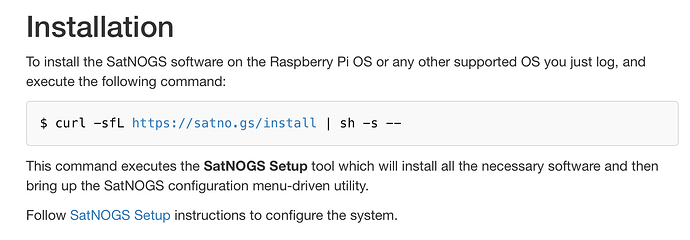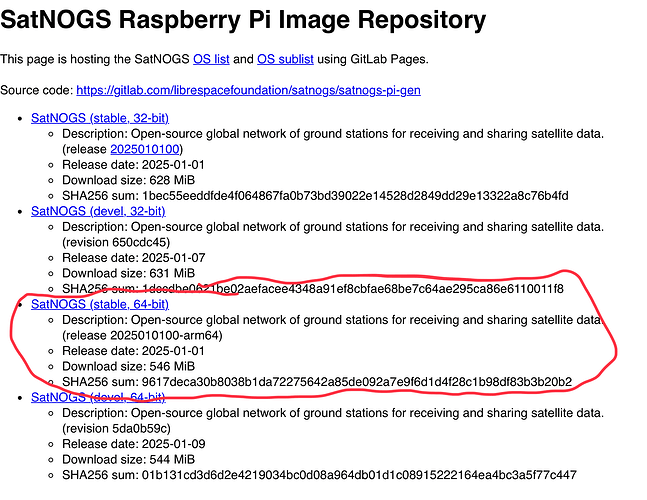I have tried to get setup and contribute to the effort. However after several days and hours of wasted time I have failed to be able to get things fully working. I have followed the instructions for everything I can find on the wiki and tried to do all the trouble shooting . Unless someone can provide a definitive set of steps to accomplish this then I will just give up. No more banging head against the wall and wasting hours of my life. Why is there no simple SD card image that gets things working.
Hi, I’m sorry you have to struggle with that, but the way it is licensed just prevents any reasonable packaging. Add to that the api has been in a pretty poor state.
You can have a look at my docker build for it, I know it has been working, but I can’t make any promises ![]() uninstall and make sure that all previous versions are gone before starting with a new one.
uninstall and make sure that all previous versions are gone before starting with a new one.
Remember that the program sdrplay_apiService needs to be running.
And the udev-rules.
Also seeing some kind of warning about deprecation of Docker v1 and update to v2. Do I need to worry about that? I know nothing about Docker
Umm, what method are you using ?
Installation methods?
I’ve used a couple of methods described in various parts of the SATNOGSwiki.
Or this
Never mind please don’t waste anymore time on this. I give up! Had some time and hardware I thought I could put into this. But I see getting it to work is extremely problematic. There is no set of setup instructions that can with high likelihood get a working station. I will delete my station from the network.
Unfortunately the SDRPlay is one of the more difficult SDR’s to get up and running on automated software like SatNOGS.
Add to that, the newer docker based stack that was recently released also does not support SDRPlay and I don’t have completed the addons integration in it.
Hey Folks,
I rebuilt a SatNOGS client (yesterday) from the ground up on a Raspberry Pi 5. I’ve been trying to get an RSPDuo soapy for over a year. It would be nice to get on S-band.
Thank you for bringing this to light.
So I now have the RTL-SDR V4 dongle. I have reinstalled SatNOGs via both methods in message 5 of 8 above. Now I do get waterfall and sound files sent to the network. However there are still issues where I need to optimize the SDR receiver settings. I have tried to use SoapySDRUtil to try and troubleshoot. But now I get “command not found” when I try and use SoapySDRUtil.
Why is it not there?
Why does the Wiki info claim that everything needed to run SatNOGs should be installed with either of the install methods I have tried? But obviously that is not true.
Why is there not a set of instructions for the Raspiberry pi and RTL-SDR that actually works???
If you switch to the new stack, most of the software is located inside the docker images and not on the host. Which means that you should jump in to a shell inside the container and run it there instead of on the host.
sudo docker exec -it satnogs_satnogs-client bash
then inside that shell that should look something like: satnogs-client@00e0894cb01c:/usr/src$ you can run SoapySDRUtil, this will also test that is is reachable from the container as well.
Checking the logs with sudo docker logs -f satnogs_satnogs-client

